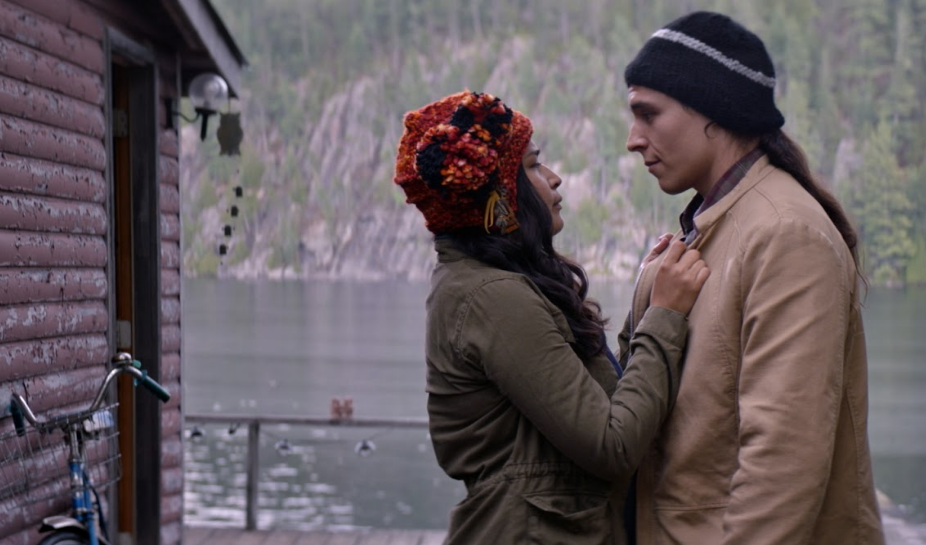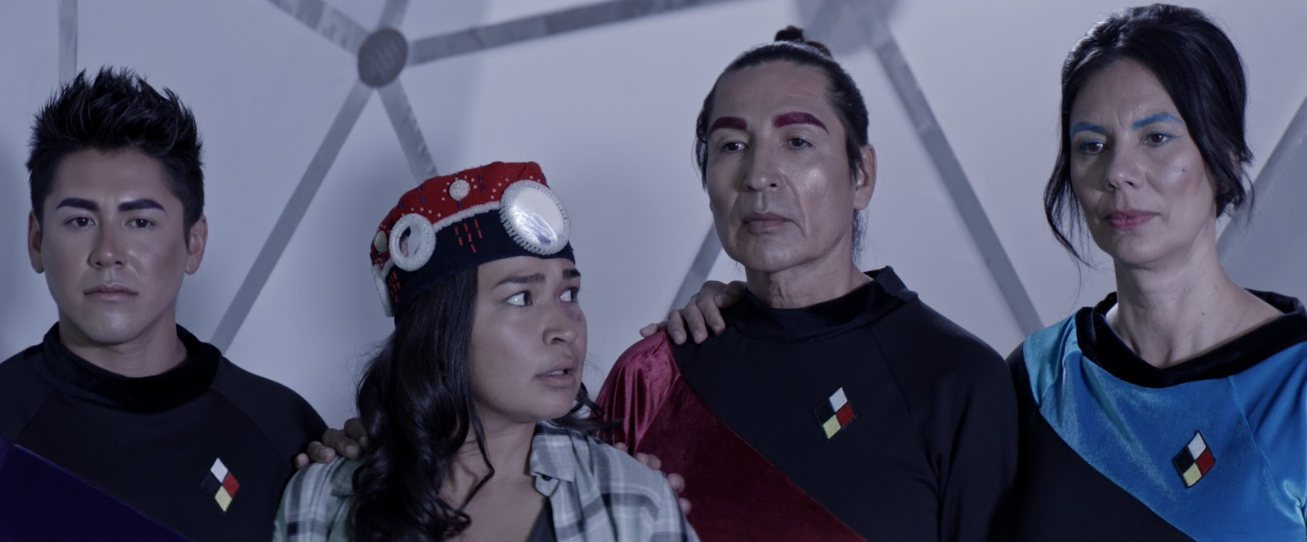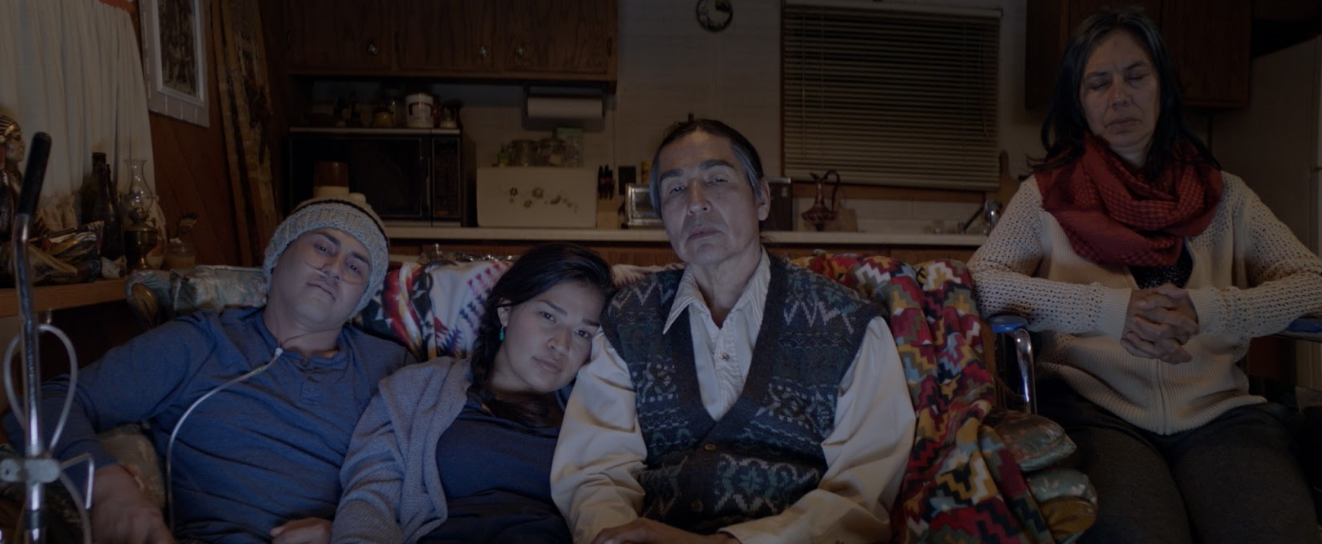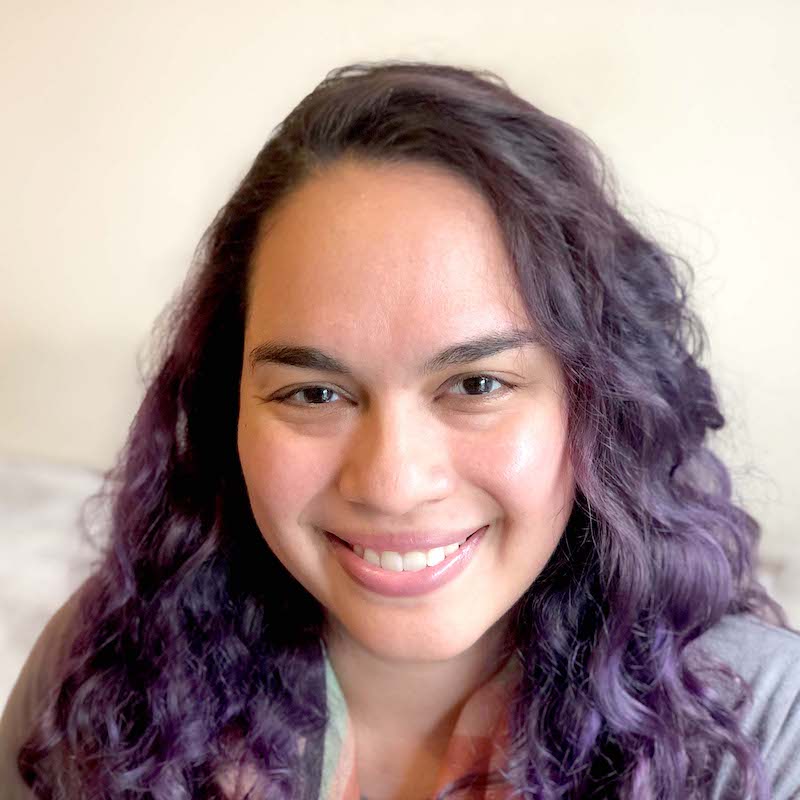
- Details
- By Monica Whitepigeon
Learning to balance between following dreams and meeting family expectations is a challenge for many young people, especially Native/Indigenous women. These stories are all too familiar and emerging female directors, writers and actresses are determined to make these perspectives known and explored.
Recently released from Indican Pictures, The Incredible 25th Year of Mitzi Bearclaw is a quirky, coming-of-age film that splices together heartbreaking moments against fantastical dream scenarios as the protagonist copes with the reality of her ailing family members and what it means for her future. Written and directed by Mohawk filmmaker Shelley Niro (Kissed by Lightning), who weaves together comedy and drama in this surrealist perspective on modern Indigeneity.
“Film is such an exciting and interesting medium to be working in and to me, you can do everything. You can combine all the art forms into film. I have so many films left in me to do so I really want to push it and get as much work done as I can,” Niro remarked on being an older director.
After learning about the high suicide rates in young people on her reserve, Niro decided to give back through her version of storytelling to keep younger generations inspired. In 2019, the National Indian Council on Aging reported that Native youth suicide rate is 2.5 times higher than the overall national average and is second leading cause of death.
“As an artist, I question myself, what can I do about that? I’m not a social worker, I can’t do anything. The only thing I can do is try to make something and someone watches it and can become happy… It comes down to being isolated, alienated and living in a society that doesn’t necessarily open up doors for you and you really have to punch your way through and make a presence for yourself,” Niro claimed.
Mitzi Bearclaw, portrayed by Chippewa queer actress Morningstar Angeline (Drunktown’s Finest), has dreams of making it in the fashion industry and changing the world with her custom designed hats. Based in Toronto, the hatmaker soon finds herself called back to her isolated reserve in southwest Canada. There, Mitzi is reacquainted with childhood friends and bullies, her docile father and invalid mother, played by Billy Merasty (Cree descent) and Gail Maurice (Saskatchewan Métis). With the help of her best friend Charlie B and crush Honeyboy, portrayed by Andrew Martin (Mohawk Nation) and Ajuawak Kapashesit (White Earth Ojibwe descendant and Cree), Mitzi learns to overcome her insecurities and strained relationship with her bitter, unsupportive mother.

Throughout the feature, Mitzi retreats to a surreal world where family members and other characters adapt opposite personalities and appear in sci-fi or other fantastical circumstances. The reserve/rez sense of humor is amplified in these scenes with overly abundant Native symbols, imagery and music, which payoff in delightful reflections and growth for the protagonist.
Niro explained her approach to the script, “When I wrote the script, I tried to keep it more like a national story, I didn’t want to concentrate on one tribe or nation or one way of doing things. I really wanted it to be like any Native person could watch this and really relate to it. I also wanted it to be humorous in spots, so it’s not so full of dread and dreariness.”
Despite its themes related to death and trauma, the film never loses its sense of wonder and the interconnectedness of Mitzi’s family and reserve community. Each character attempts to make sense of the world in their own unique way while still playing into their archetypes.
Niro placed an immense amount of trust into the cast and encouraged them to put themselves and their stories into the film’s characters.
“I loved it. It was such a small set, you really got to know everybody. I had a great time working with a lot of new faces and some people I’ve met on different projects. (We) got to hang out on the rez and go onto an overloaded pontoon boat that almost crashed multiple times,” Kapashesit joked while he reflected on working with some of the same cast and crew from Indian Horse, where he played the lead role.
“I really had fun in how different Mitzi was from me. We shared common experiences, but how she handled them, and she was a little more clumsy than I was and that worked to her benefit. She moved to the city but still had this naivety about her to some degree, and she was seeing how much she could push those limits,” Angeline said.

As an Indigenous hat-maker, Mitzi’s creativity incorporates more natural materials that don’t always align with practicality or comfortability with her designs. Over the course of a year, her persistence and engagement with her reserve community help her gain new perspectives and approaches to her creations.
“When it came to playing a young, Indigenous woman who is also promiscuous, who is making mistakes and who is living in accordance to how she wants. She has a lot of agency and that is what I brought to the character. I’m a very independent person and it was nice to embody that in a character when normally the characters I’m put up for are much more reserved or within a (specific) time period.”
The story behind the scenes highlights what good working relationships can create and inspire. Much like Mitzi, Angeline challenged herself with this role and holds onto her dream of becoming even more involved in filmmaking.
“We’re (Indigenous people) seen through the trauma lens. This is the first project that I did that had that real tone to it. I’m really grateful for this film, because it opened my eyes to my capabilities as an Indigenous actor and also a comedic Indigenous actor.”
This deceptively in-depth and insightful film showcases the inner struggle Indigenous youth experience when trying to realize their independence. Niro’s Indigenous futurist approach to creating this sci-fi/fantastical world for Mitzi gives a refreshing glimpse into the possibilities of Native storytelling.
Angeline commented, “By default, we are futurists because we are Indigenous peoples living in this ‘future/present’ time.”
Available now for purchase and on digital platforms, such as Apple TV, DirecTV, Google Play, Prime Video, FandangoNOW.
More Stories Like This
Two Indigenous Group Exhibits Opening January 9, 2026 at WatermarkWatermark Art Center to Host “Minwaajimowinan — Good Stories” Exhibition
Museums Alaska Awards More Than $200,000 to 12 Cultural Organizations Statewide
Zuni Youth Enrichment Project Takes Top Emerging Artist Apprentices to Phoenix for Artistic Exploration and Cultural Immersion
From Dishwasher to Award-Winning Chef: Laguna Pueblo's Josh Aragon Serves Up Albuquerque's Best Green Chile Stew
Help us defend tribal sovereignty.
At Native News Online, our mission is rooted in telling the stories that strengthen sovereignty and uplift Indigenous voices — not just at year’s end, but every single day.
Because of your generosity last year, we were able to keep our reporters on the ground in tribal communities, at national gatherings and in the halls of Congress — covering the issues that matter most to Indian Country: sovereignty, culture, education, health and economic opportunity.
That support sustained us through a tough year in 2025. Now, as we look to the year ahead, we need your help right now to ensure warrior journalism remains strong — reporting that defends tribal sovereignty, amplifies Native truth, and holds power accountable.
 The stakes couldn't be higher. Your support keeps Native voices heard, Native stories told and Native sovereignty defended.
The stakes couldn't be higher. Your support keeps Native voices heard, Native stories told and Native sovereignty defended.
Stand with Warrior Journalism today.
Levi Rickert (Potawatomi), Editor & Publisher

